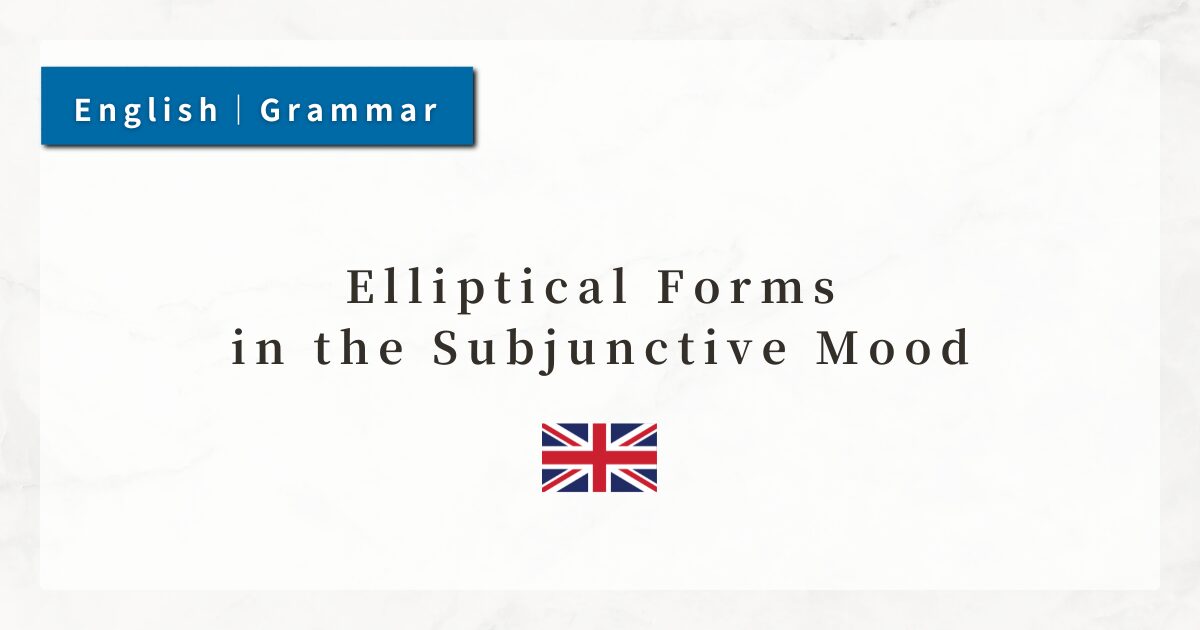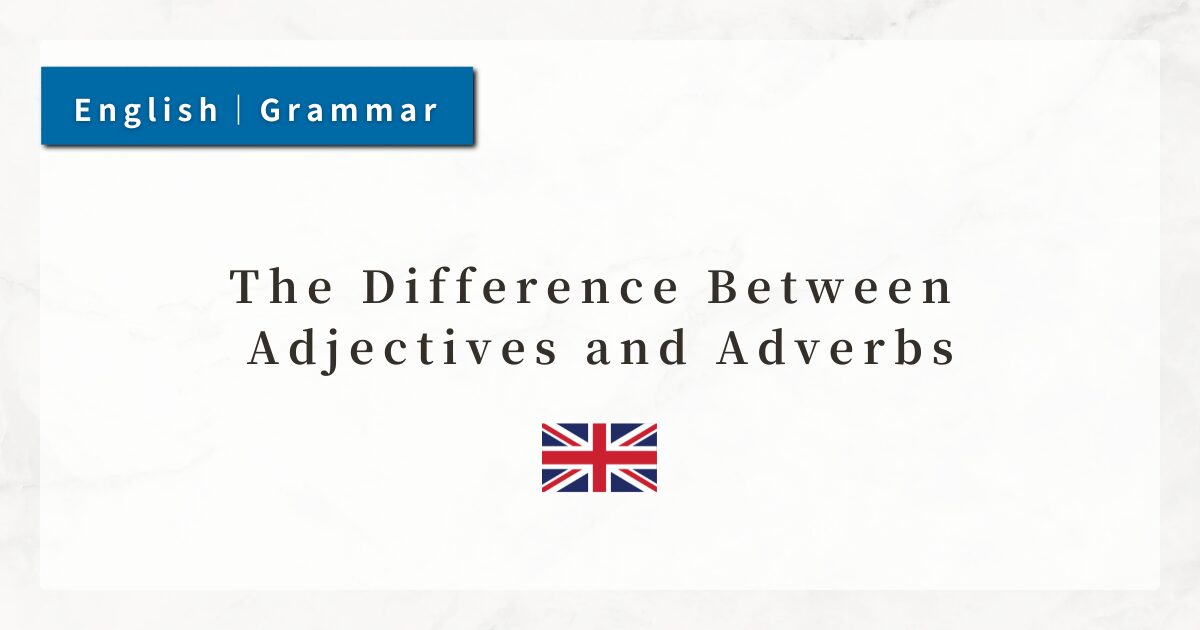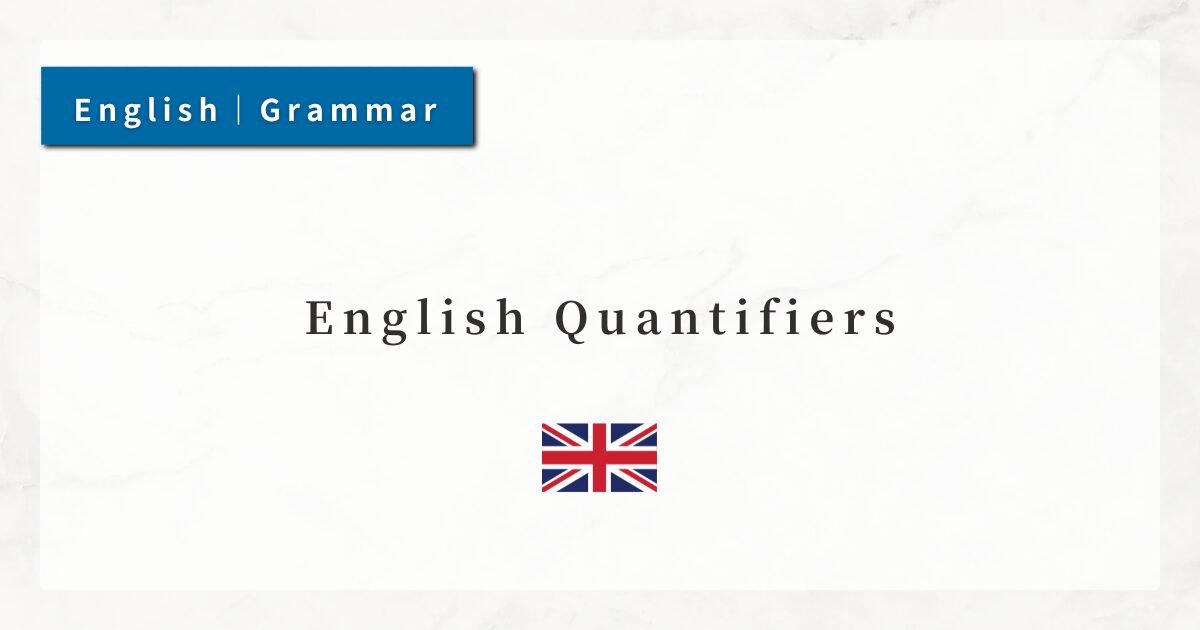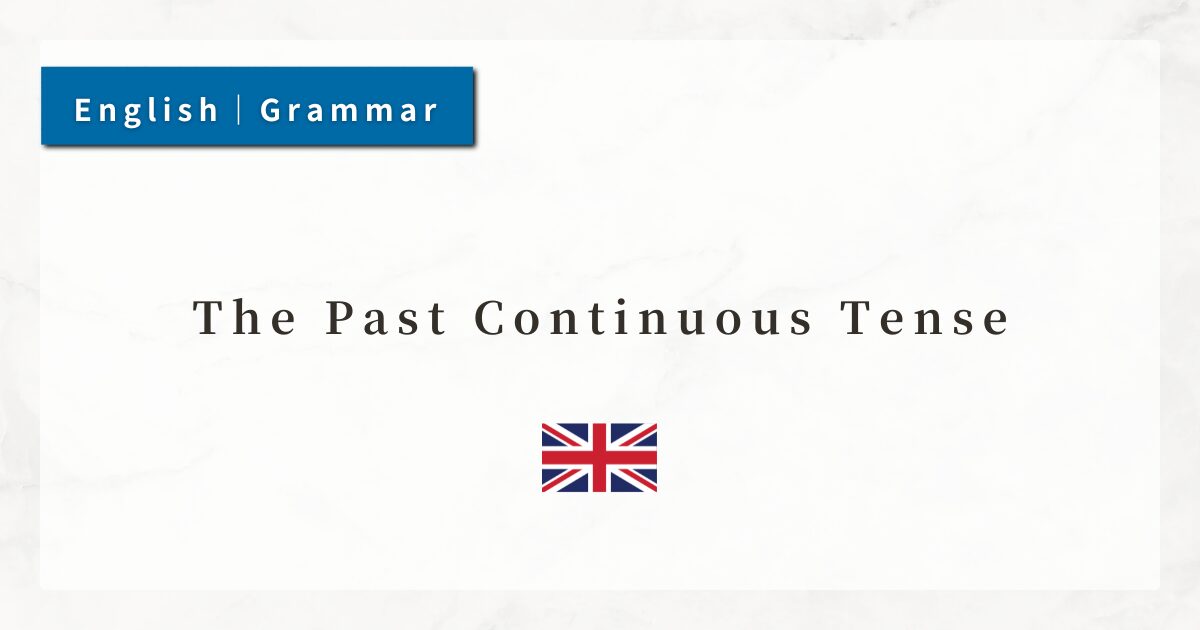#48 Emphasis in English Negation|How to Use not at all, by no means, and More
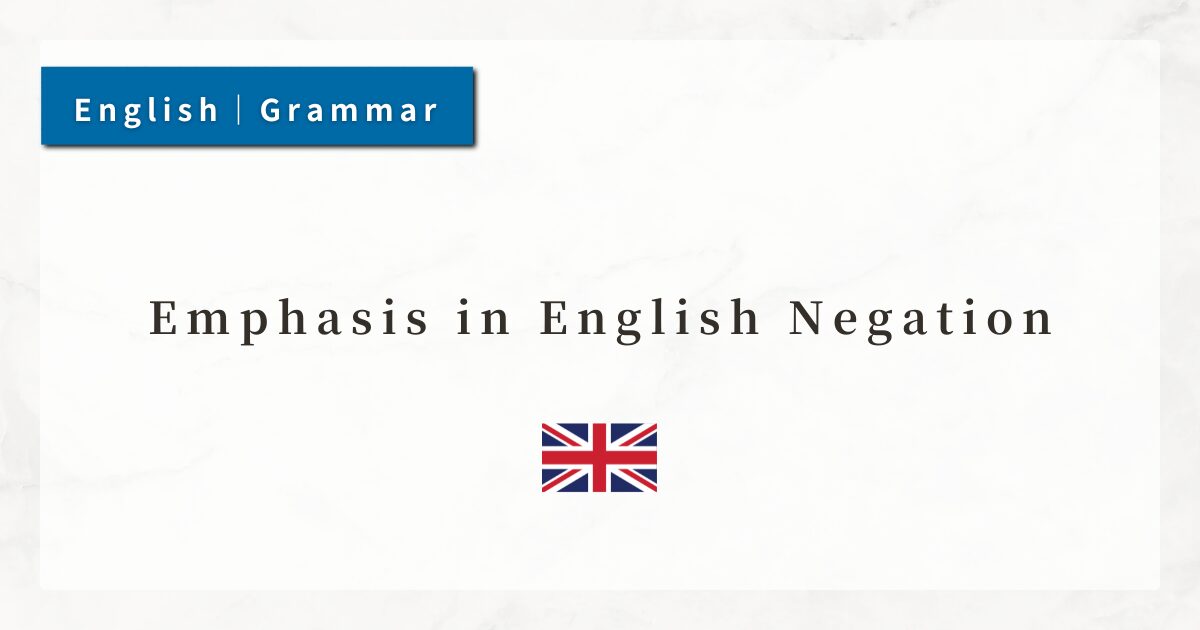
In English, negative expressions can go beyond simply stating “not.” I can also emphasize negation to convey a stronger sense of feeling, such as “not at all” or “by no means.” This is called emphatic negation.
By using emphatic negation, I can express my emotions or intentions more clearly.
Here, I will look at the most common emphatic negative expressions and explain how to use them with examples.
1. Not at all
One of the most common expressions is “not at all.” It means “not in the least,” and is widely used from casual conversation to business contexts.
- I don’t mind at all.
- She is not at all satisfied with the result.
The key point is to use it in the form “not ~ at all.” Compared with a simple not satisfied, “not at all satisfied” conveys a stronger negative nuance.
2. Never
Never is an adverb of frequency that means “not once.” It is a commonly used emphatic negative.
- I will never forget this day.
- He never lies.
It has nearly the same meaning as “not ~ ever,” but using never sounds stronger and more emphatic.
3. By no means
“By no means” is a slightly formal expression meaning “absolutely not”.
It is less common in everyday speech and appears more often in business or formal speeches.
- This task is by no means easy.
- He is by no means a bad person.
Compared to simply saying “not easy,” using “by no means easy” gives the nuance of strongly denying the idea of something being easy.
4. Nothing / Nobody / Nowhere
Another way to strengthen negation is to use negative words directly as the subject or object.
Placing these words at the beginning of a sentence makes the negative meaning even clearer.
- Nothing is impossible.
- Nobody knew the answer.
- We went nowhere last weekend.
While it is possible to rephrase these as ”not ~ anything” or “not ~ anyone,” using nothing or nobody makes the negation sound stronger.
5. Inverted Sentences with a Negative at the Beginning
Negation can be emphasized even more by placing a negative word at the beginning of the sentence, which causes inversion of word order. This is more common in formal writing or literary style.
- Never have I seen such a beautiful sunset.
- At no time did he admit his fault.
The structure typically follows the pattern: Negative word + Auxiliary verb + Subject + Verb.
6. Summary
- not at all: “not in the least,” a common emphatic expression.
- never: “never / not once,” emphasizes frequency or occurrence.
- by no means: “absolutely not,” a formal and strong expression.
- nothing / nobody / nowhere: using negative words themselves for emphasis.
- Negative inversion: structures such as “Never have I ~”, used in formal or literary style for stronger emphasis.

